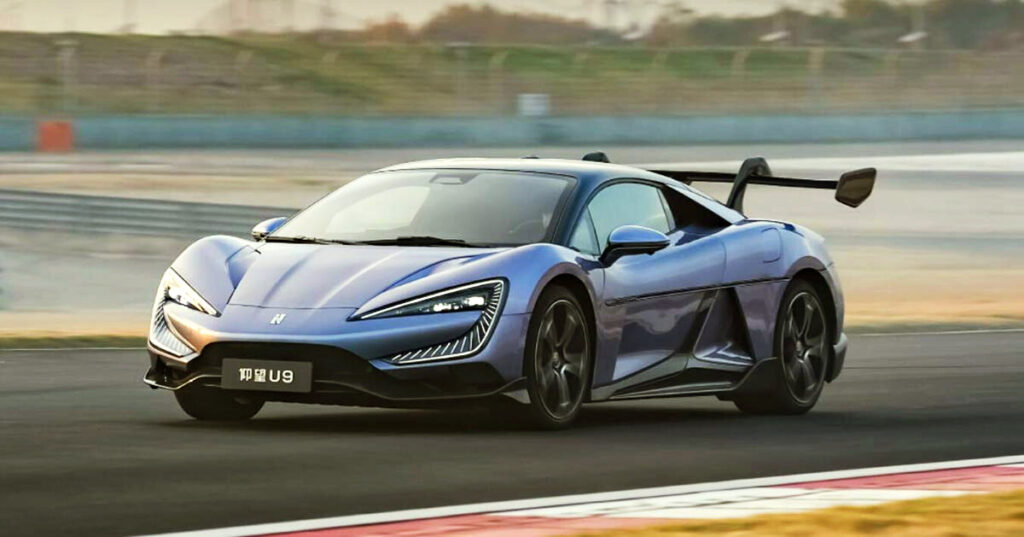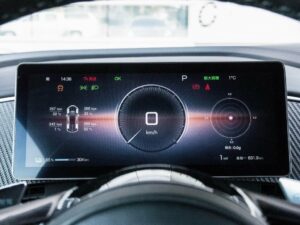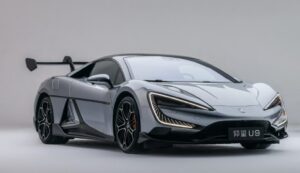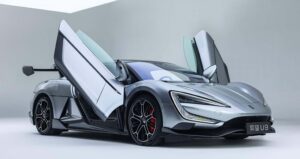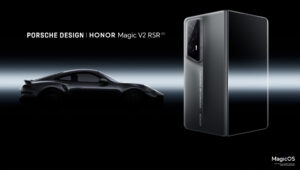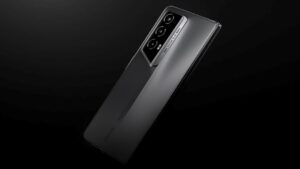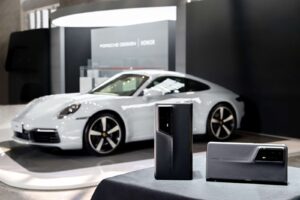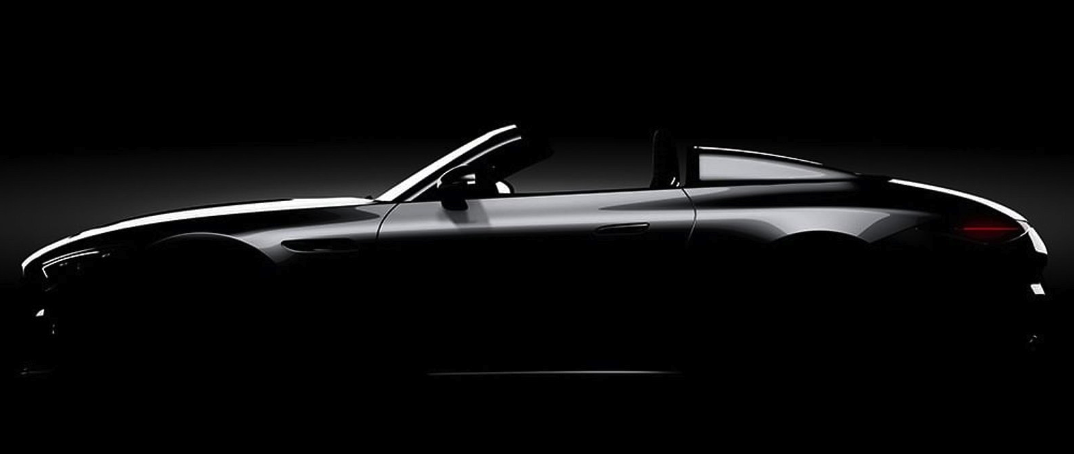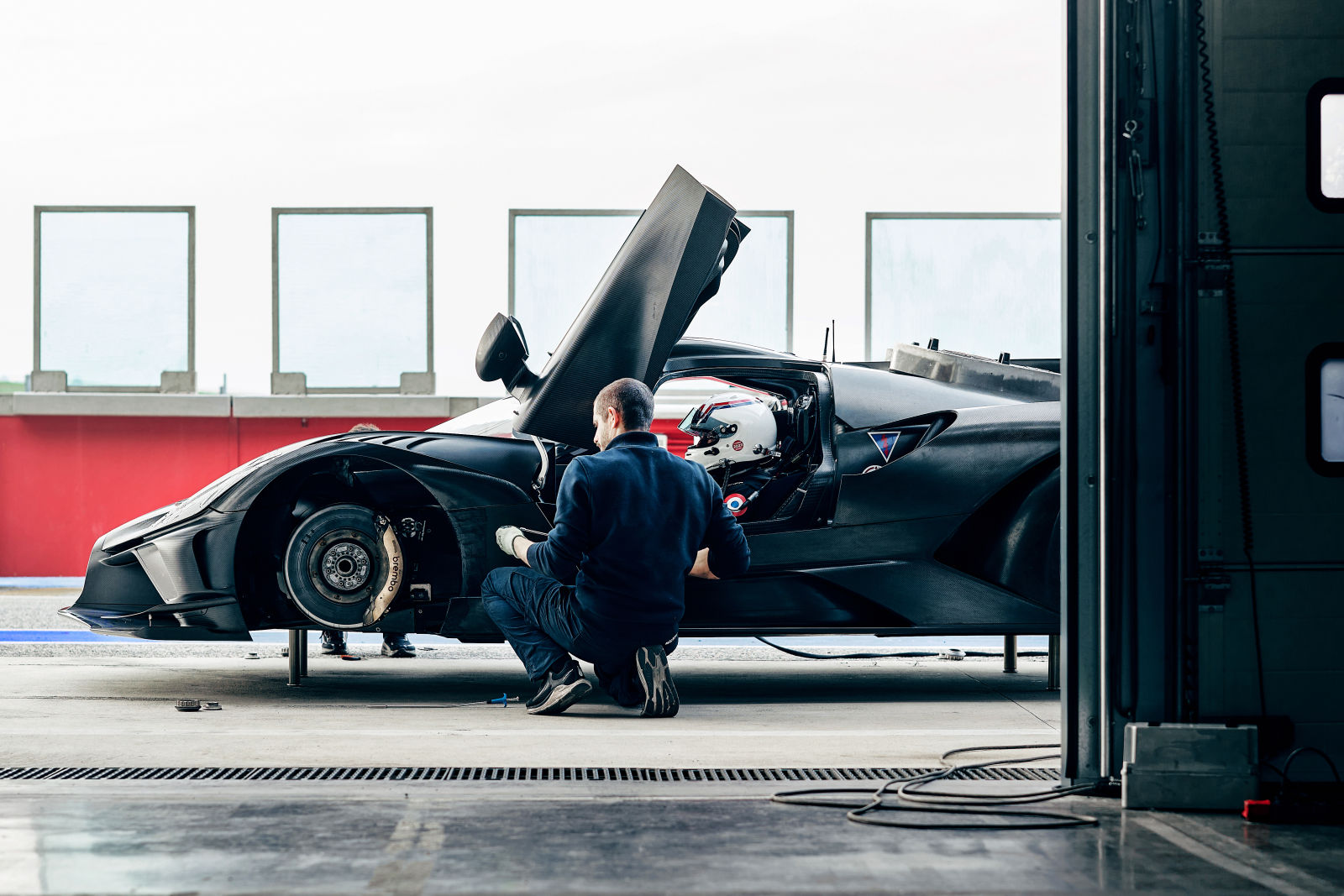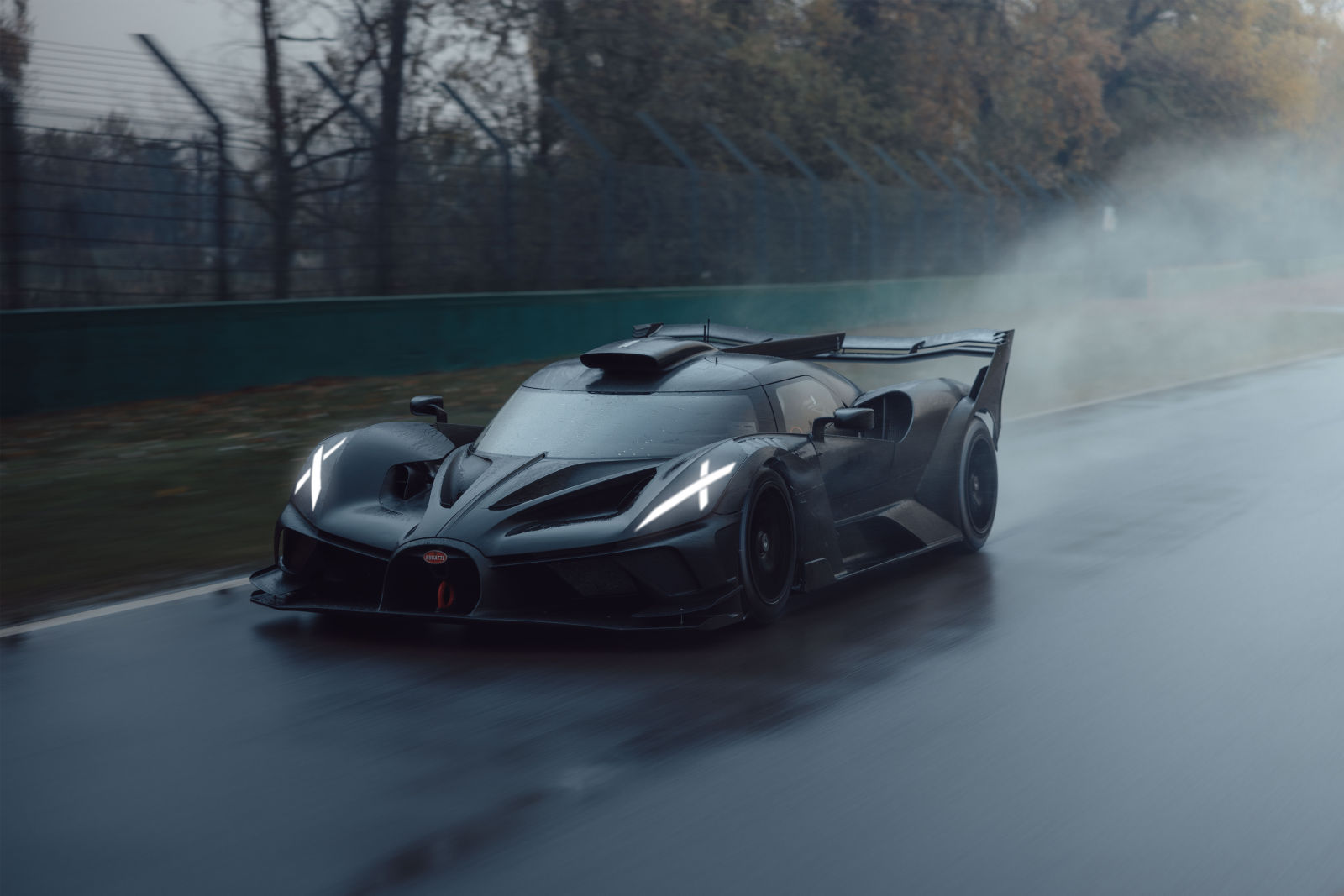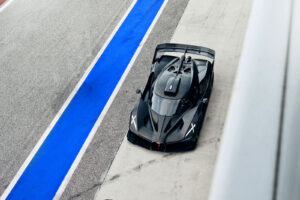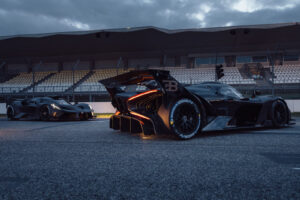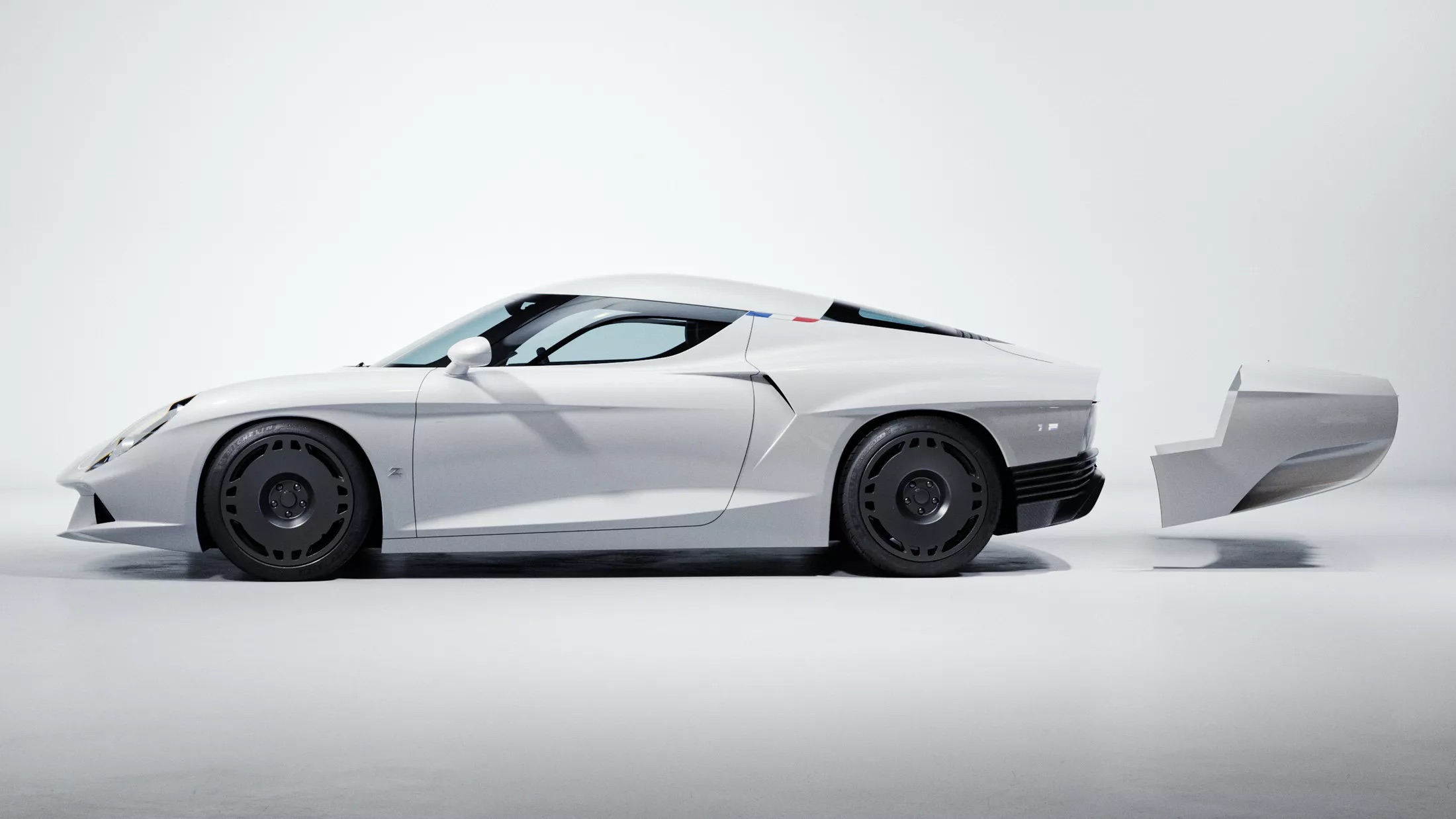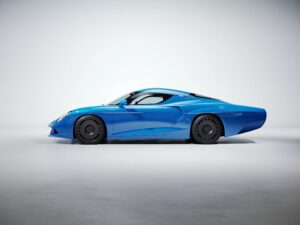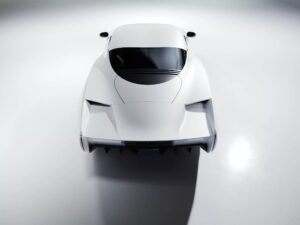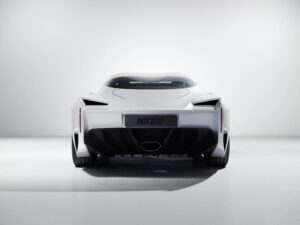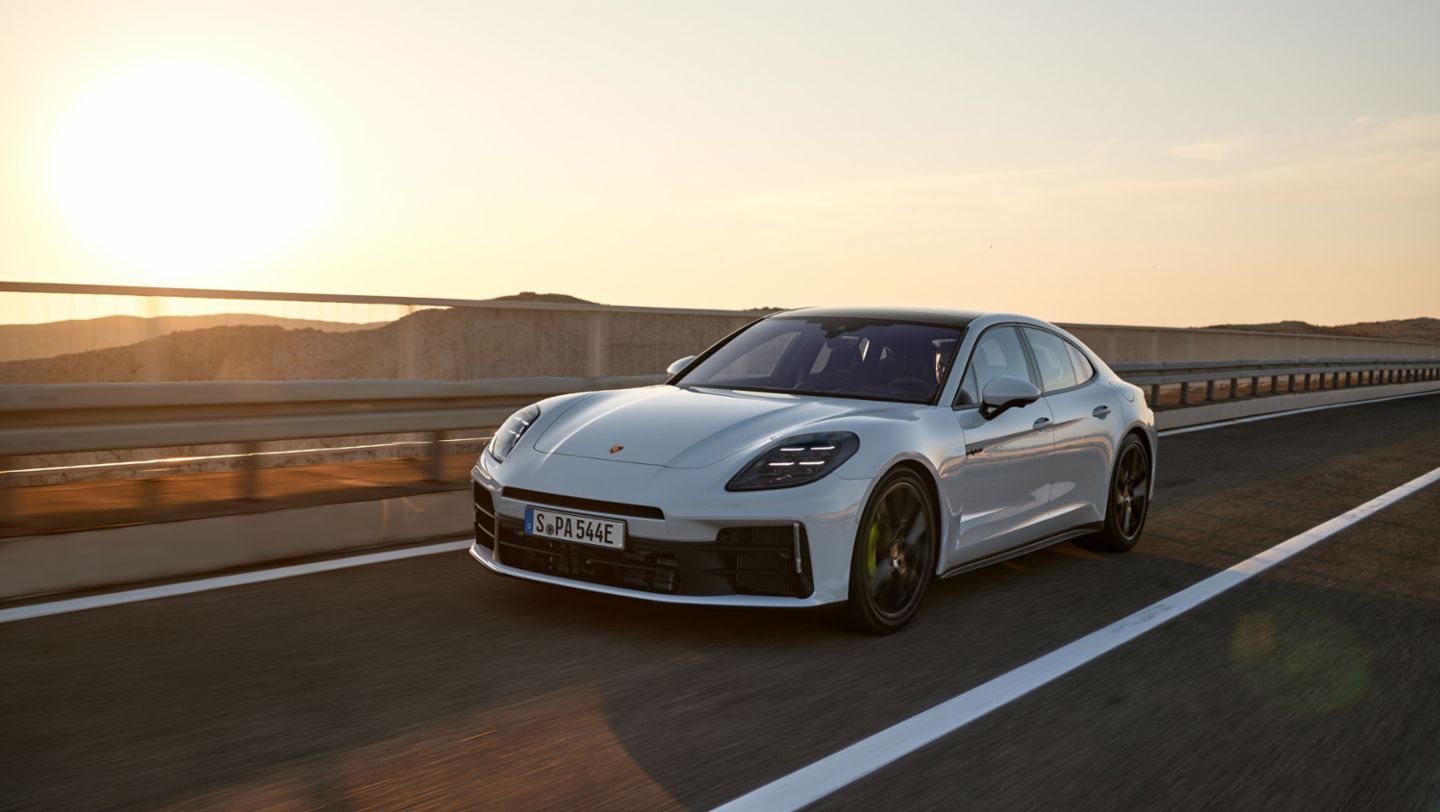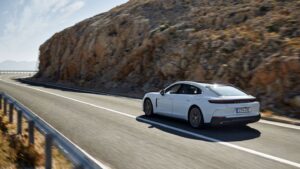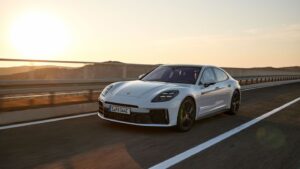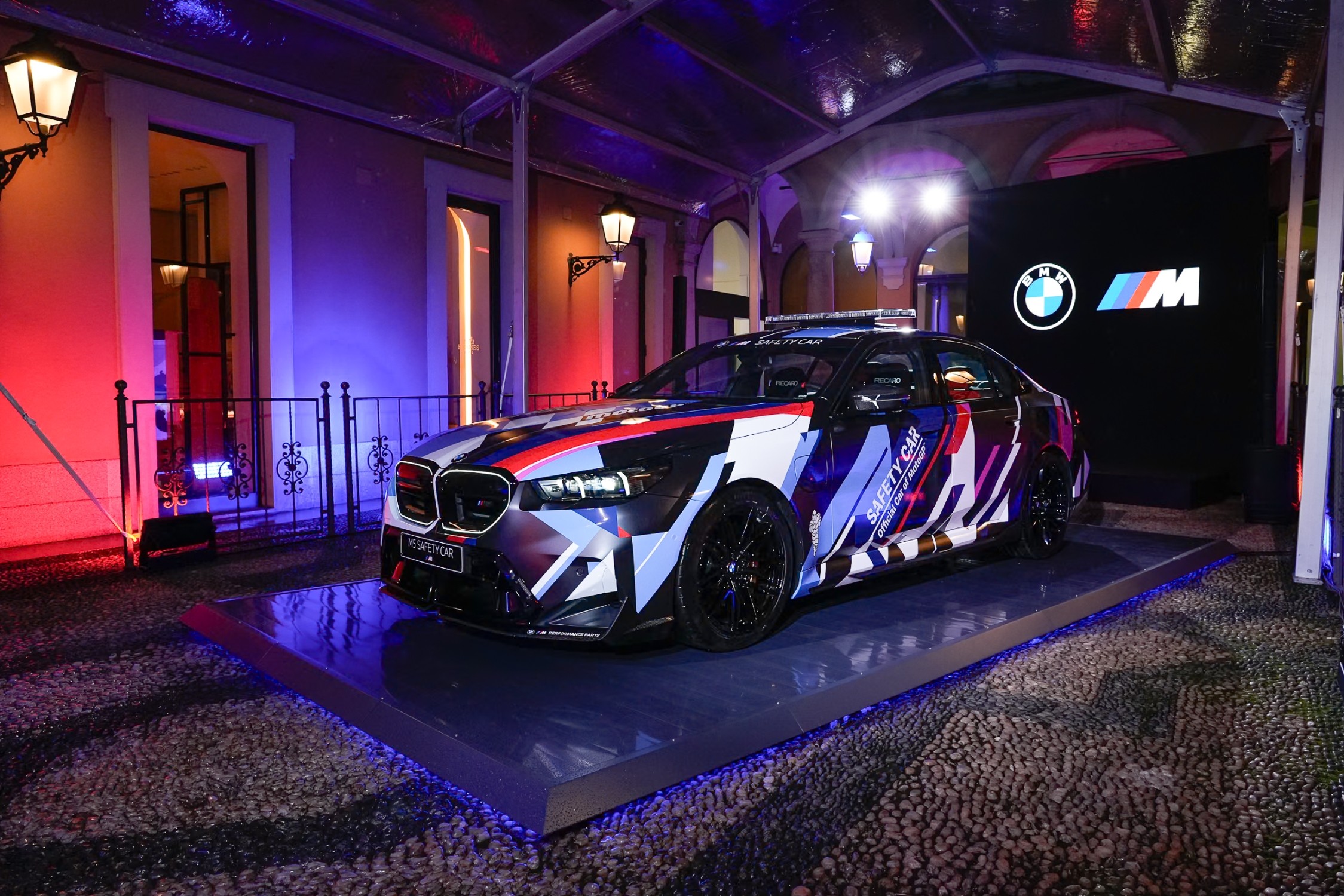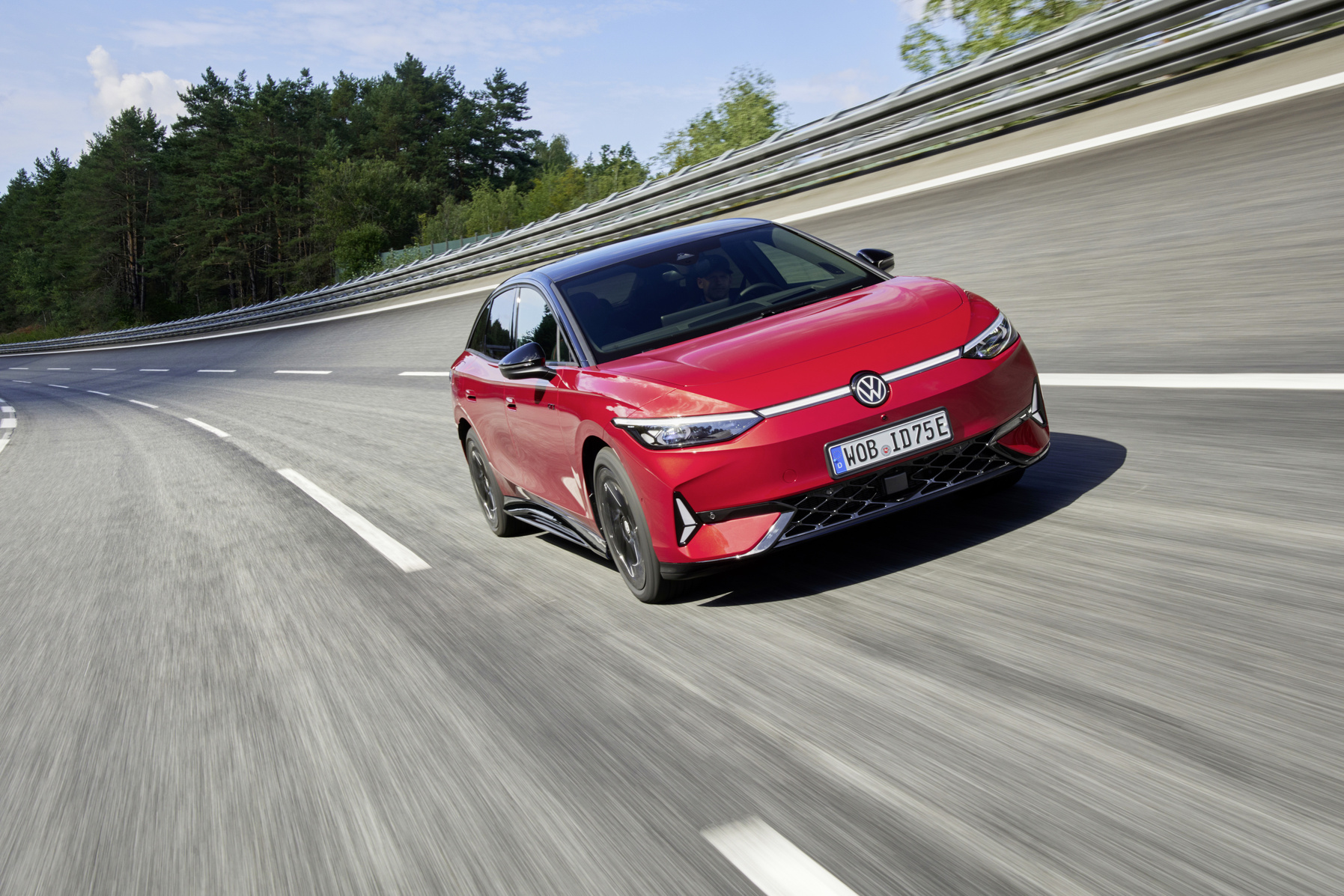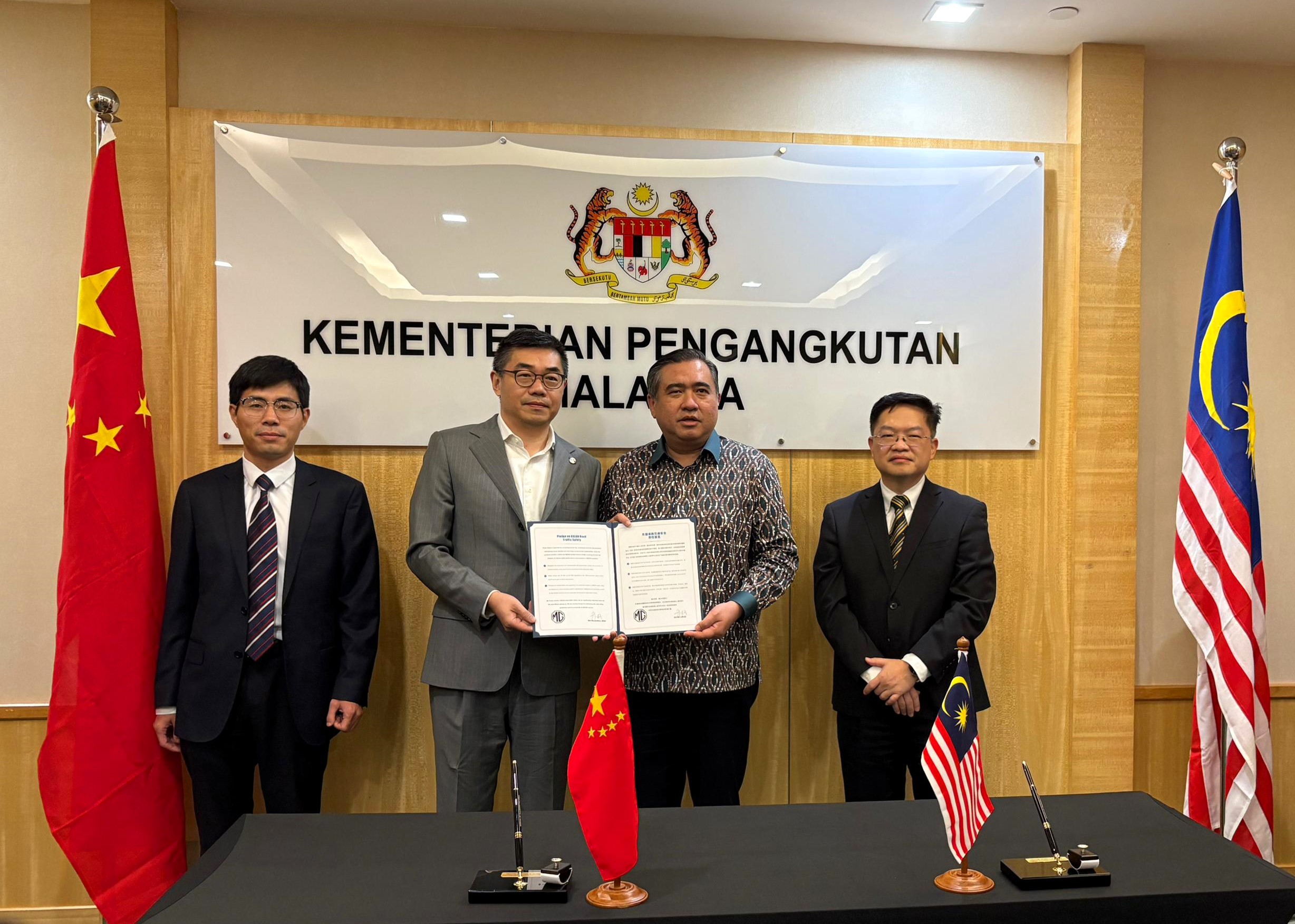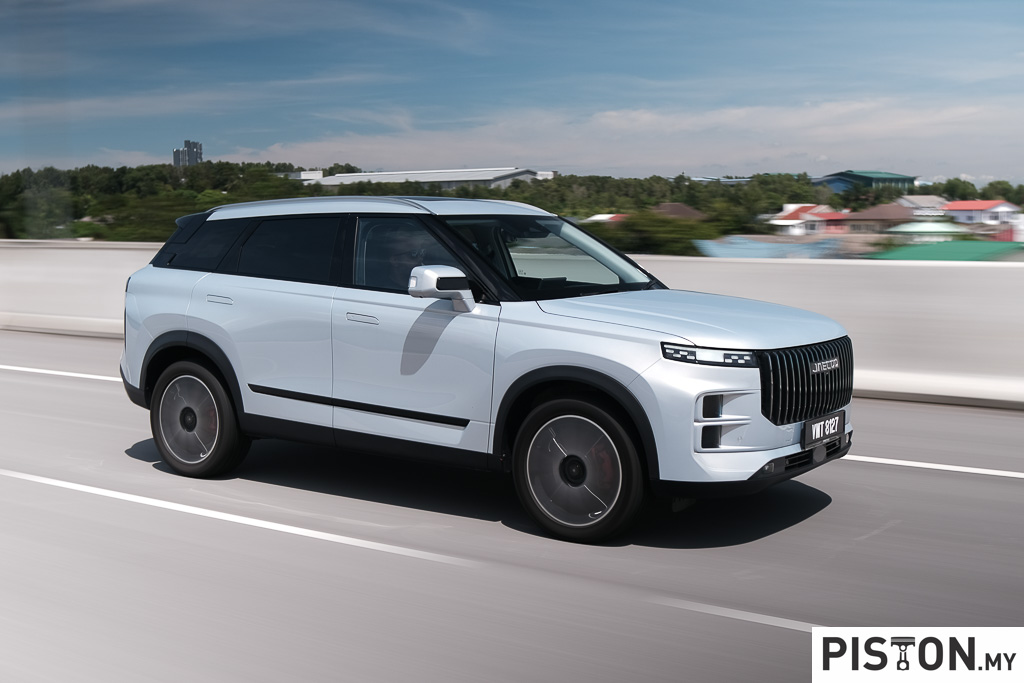BYD, a renowned pioneer in new energy vehicles and power batteries, presents the debut of its first pure electric supercar model, the U9, under its high-end sub-brand, YANGWANG. Priced at 1.68 million RMB (RM1,114,756), the U9 is slated to commence deliveries starting this June.
Embodying the signature “Time Gate” design language, the YANGWANG U9 showcases a distinct aesthetic characterised by unique proportions, tension, and power, affirming its status as a true pure electric supercar.
Powered by two cutting-edge technologies – the e4 platform and the DiSus-X Intelligent Body Control System – the YANGWANG U9 redefines the pure electric supercar segment by seamlessly integrating track performance, street adaptability, and playful features.
The e4 Platform serves as the powerhouse, boasting four independent electric motors for agile and precise four-wheel torque output control. With a staggering 1,300hp and a maximum torque of 1680Nm, the U9 ensures the ultimate in safety, performance, and driving experience.
The BYD DiSus-X Intelligent Body Control System marks another groundbreaking advancement, enabling the U9 to achieve unmatched adjustability with a maximum suspension travel of up to 75mm. Its rapid lifting capabilities, reaching up to 500mm/s, deliver unparalleled agility and comfort across various driving scenarios.
In performance tests, the YANGWANG U9 achieved remarkable feats, including a top speed of 309.19km/h and a blistering 0-100km/h acceleration in just 2.36 seconds. With rigorous track testing, the U9’s thermal management system has been optimised to withstand high temperatures, doubling the maximum cooling capacity.
Equipped with advanced aerodynamic packages, the U9 boasts a Super Carbon-fibre Cabin structure and next-generation Cell to Body (CTB) technology, ensuring unmatched torsional stiffness and comprehensive travel safety.
Inside the cockpit, the YANGWANG U9 features two 14-way adjustable seats for an enhanced driving experience, complemented by the Dynaudio Evidence Series high-end audio system, offering an immersive auditory journey. The 127-color ambient lighting system complements the twin dashboard, which gives passengers a cockpit-like feeling. A 12.3-inch portrait touchscreen with mini-LEDs that is not rotatable operates the infotainment system, while a 10.25-inch mini-LED digital instrument display faces the driver.
With its unwavering commitment to innovation and sustainability, YANGWANG sets a new benchmark in the supercar realm with its cutting-edge technologies and superior performance, promising uncompromising safety and an unparalleled driving experience for enthusiasts.







